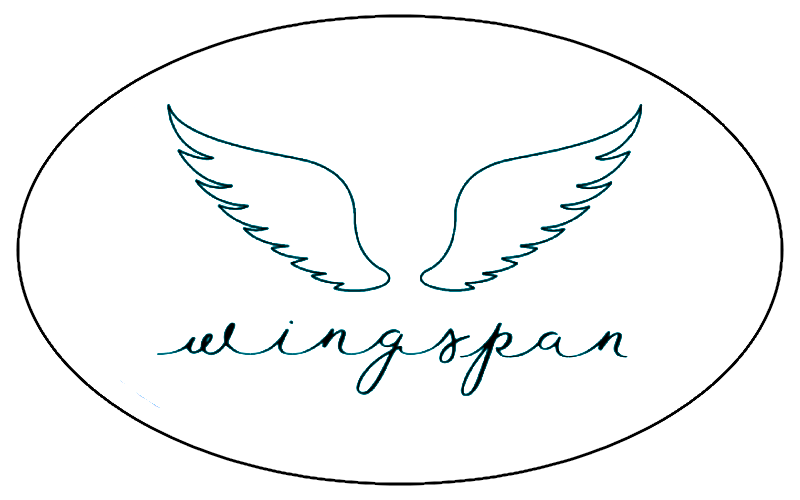Embarking on a fitness journey, especially with a focus on enhancing core strength, can be daunting for beginners who feel they lack the foundational strength to start exercising. The core, a complex series of muscles including the abdominals, back, and pelvic floor, plays a pivotal role in virtually every movement of the human body. Developing this central strength is crucial for not only improving overall fitness but also providing essential support for daily activities and reducing the risk of injuries. This article aims to guide novices through the initial stages of building core strength, even when starting from a perceived point of zero.
The journey to core strength begins with understanding the importance of starting slow and setting realistic expectations. For individuals who feel they have no core strength, the key is to focus on low-impact, high-reward exercises that gradually engage and strengthen the core muscles without overwhelming them. It is not about how quickly progress is made but about the consistency and dedication to the process.
One of the most effective starting points is the classic plank. The beauty of the plank lies in its simplicity and adaptability. Beginners can start with a modified plank, resting on their knees rather than their toes, to reduce the strain while still engaging the core muscles. The objective is to maintain a straight line from the shoulders to the knees, holding the position for as long as possible without compromising form. As core strength improves, transitioning to a full plank extends the challenge, with the body supported by the toes and elbows, ensuring the back remains straight and the abdominals are engaged.
Another foundational exercise is the bridge. Lying on your back with knees bent and feet flat on the floor, lift the hips towards the ceiling while keeping the back straight. This movement not only targets the lower back and abdominals but also engages the glutes, promoting core stability. For an added challenge, one leg can be lifted off the ground, forcing the core to work harder to maintain balance.
Incorporating leg drops into the routine offers a gentle yet effective way to engage the lower abdominals. Starting in a lying position, legs extended upwards, slowly lowering them towards the floor without allowing the lower back to lift off the ground. This exercise should be performed slowly and controlled, with hands placed under the buttocks for added support if necessary.
Breathing exercises, though often overlooked, are a fundamental aspect of building core strength. Techniques such as diaphragmatic breathing engage the core muscles, teaching control and stability that are vital for more advanced exercises. Practicing breathing exercises daily can significantly enhance core engagement and stability.
In conclusion, building core strength from a base of little to no existing muscle power is entirely achievable with patience, consistency, and the right approach. Starting with basic exercises that do not overwhelm the body, and progressively increasing the challenge, allows for sustainable growth in core strength. It is also essential to listen to the body and adjust the intensity of workouts to prevent injuries. Over time, these foundational exercises lay the groundwork for a stronger, more stable core, paving the way for more advanced fitness endeavors and a healthier, more resilient body. Engaging in this journey not only transforms physical health but also boosts confidence and mental well-being, proving that anyone, regardless of their starting point, can achieve their fitness goals.

